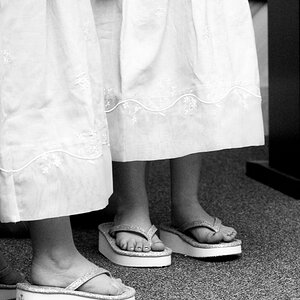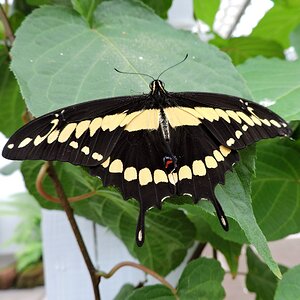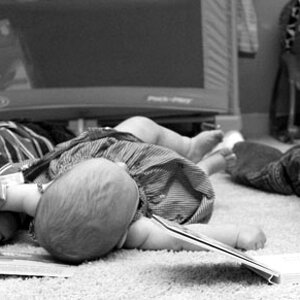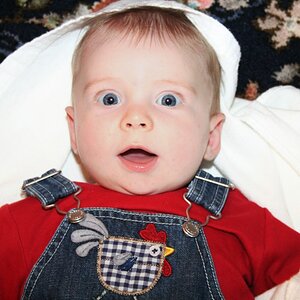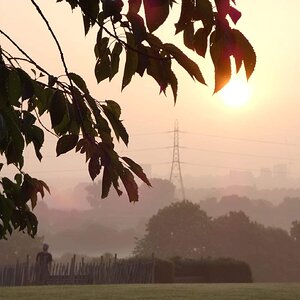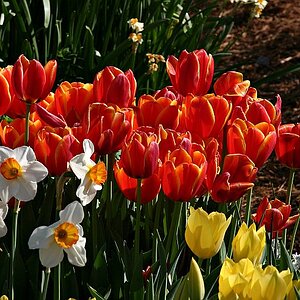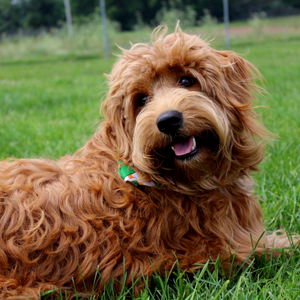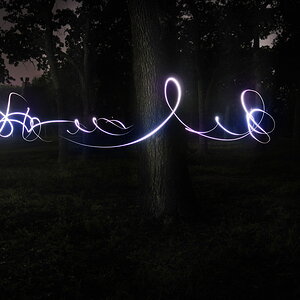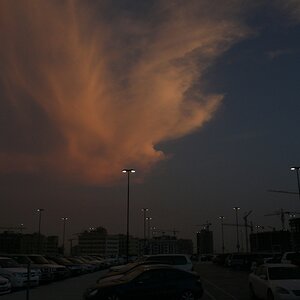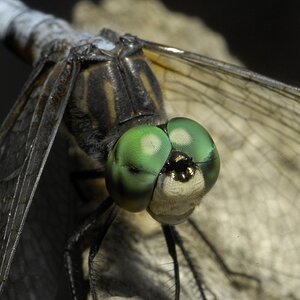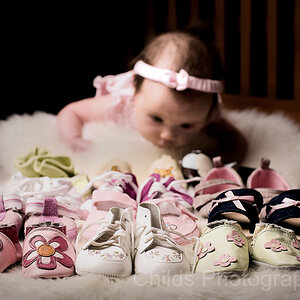schuylercat
TPF Noob!
- Joined
- Oct 7, 2007
- Messages
- 197
- Reaction score
- 0
- Can others edit my Photos
- Photos NOT OK to edit
I will be purchasing a kit from Adorama which includes two 580ex II flashes and an ST-E2 infrared remote. I watched a wedding shooter use this rig, and after reviewing his shots I was stunned at what he could do with such a simple kit. Of course, this kid was really, really talented, too. I'll be working with him on 2 to 3 weddings before I do my shoot up in Red Deer, Alberta this June, to be his free helper and learn at the feet of the master.
Now: after I do this wedding I will be seeking more, and attempt to convert myself into a pro again. Wedding work sounds tough and challenging, but there it is. My question, however, isn't about weddings. It's about portraits.
A pair of 580's and a remote will set me back $1,000. I've spent a good amount of time on Strobist reading every article I could, and while a lot of portable shoots described included speedlites and reflectors, does anyone here exclusively shoot with them? Stands are stands, clamps are clamps, reflctors and softboxes and umbrellas are what they are...but the meat in the lighting sandwich seems to be the strobes themselves.
Alien Bees are described as "affordable", but I can't afford even one, much less a simple three-light setup.
Feedback is encouraged...
Now: after I do this wedding I will be seeking more, and attempt to convert myself into a pro again. Wedding work sounds tough and challenging, but there it is. My question, however, isn't about weddings. It's about portraits.
A pair of 580's and a remote will set me back $1,000. I've spent a good amount of time on Strobist reading every article I could, and while a lot of portable shoots described included speedlites and reflectors, does anyone here exclusively shoot with them? Stands are stands, clamps are clamps, reflctors and softboxes and umbrellas are what they are...but the meat in the lighting sandwich seems to be the strobes themselves.
Alien Bees are described as "affordable", but I can't afford even one, much less a simple three-light setup.
Feedback is encouraged...


